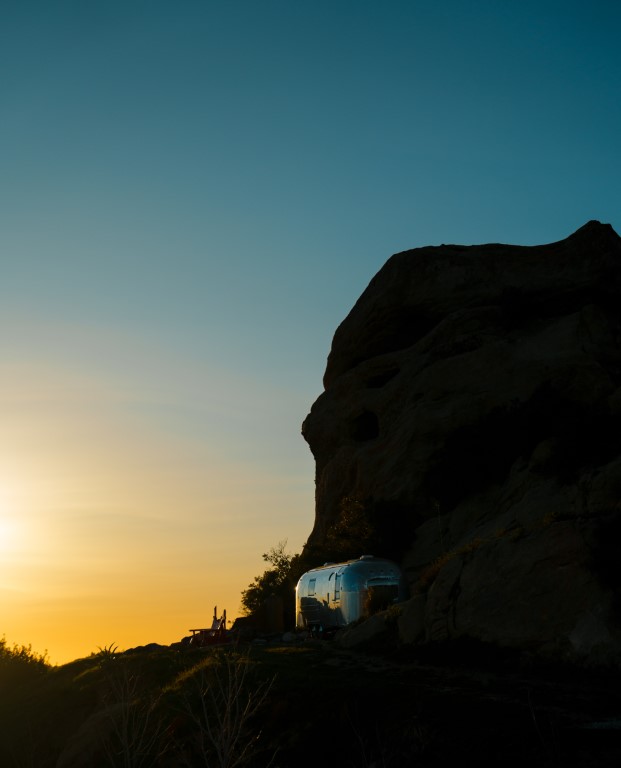I grew up in a house of psychology. My Father was a mediator, my Mother is a life coach, my Grandmother and great aunt are psychotherapists, so needless to say ive always been partial towards these modalities. As a photographer and artist, my mind is constantly pondering things, scheming and dreaming, and quite often i get downloads and messages of things to focus on in my life.
As a photographer, there are alot of opportunities for enlightenment. Take for example, perspective. You can look at one thing in so many different ways and have many difference versions of one reality. Look at a persons face. Think about a person’s face. The average human eye perceives it at roughly a 40mm equivalent. That’s the baseline—the way we’re naturally wired to see. But introduce a camera lens, and suddenly, the rules change. Heres the same persons face, viewed through different focal length:

The reason this happens is because of barrel distortion, take a look at the graphs below

With a wide-angle lens, reality begins to warp. Features stretch and expand, exaggerating proportions in a way that’s almost surreal. It’s as if the subject steps closer, larger than life, yet oddly distorted. Shift to a telephoto lens, and the opposite happens: reality compresses. Distances seem to collapse, drawing everything into a tighter frame. Faces appear flatter, and the world feels smaller, more contained.
As we can see, our perspective changes how we see things. If we have a distorted view, we will see distortions. Its so important to check our thoughts to make sure we are seeing things correctly so we dont have warped judgement. And conversely, when things look really bad, we sometimes might need to bend our perspective of reality a little bit to see it in a better light.
Each perspective is valid. Each one is real. But they tell entirely different stories. As a photographer, you’re not just capturing what’s there—you’re deciding how to see it. And in that choice lies a profound truth: perspective isn’t fixed. It’s fluid, malleable, and deeply tied to the tools we use and the lenses we choose to see through.
So, the next time you pick up your camera, remember: you’re not just photographing a scene. You’re exploring the infinite ways to view a single moment. It’s a reminder that life itself is no different—what we see is often shaped by how we choose to look.
Photography in general can be a powerful tool for personal growth, fostering emotional resilience, psychological insight, and creative development. Here are some examples:
1. Enhancing Mindfulness and Presence
- Example: Capturing a sunset requires patience and attention to detail, training you to be fully present and appreciate the beauty in the moment.
- Growth Opportunity: Practicing mindfulness through photography can reduce stress and improve emotional well-being.
Sunset at Mt. Rainier in Washington

2. Developing Empathy and Perspective
- Example: Taking portraits encourages you to connect with your subject, understand their emotions, and tell their story visually. When im doing a portrait session with a client i kind of jive with the person, i sense where that at, what their need, what their body is doing and work with the moment to nab a great shot.

Sometimes I make them laugh and nab that happy moment where they are smiling and filled with Joy

3. Cultivating Resilience and Adaptability
- Example: Outdoor photography often involves unexpected challenges, such as changing weather or difficult lighting conditions. In those moments we can learn adaptability and problem-solving in these situations can strengthen emotional resilience and patience.
Port of Oakland’s shipping cranes, taken atop one of my favorite places in San Francisco, Bernal Hill

5. Improving Observation and Gratitude
- Example: Macro photography reveals intricate details of nature, like the veins on a leaf or the structure of a snowflake.
- Growth Opportunity: Noticing the small wonders of life fosters gratitude and a positive outlook.

6. Strengthening Problem-Solving Skills
- Example: Composing an image in a cluttered scene teaches you to isolate subjects and focus on essentials.
- Growth Opportunity: This translates to improved decision-making and clarity in real-life situations.

7. Building Confidence
- Example: Successfully capturing a difficult shot, like a fast-moving bird, boosts your self-esteem.
- Growth Opportunity: Achieving small victories in photography can build confidence and a sense of accomplishment.
Rialto Beach, Washington

8. Encouraging Exploration and Curiosity
- Example: Street photography invites you to explore unfamiliar places and interact with diverse people.
- Growth Opportunity: This expands your comfort zone and fosters curiosity about the world.
9. Facilitating Emotional Release
- Example: Creating a photo series about a personal experience, such as grief or joy, helps you process and share emotions.
- Growth Opportunity: Photography can serve as a safe outlet for emotional expression and healing.
10. Promoting Reflection and Growth
- Example: Revisiting old photographs lets you see how your skills and perspective have evolved over time.
- Growth Opportunity: This encourages self-reflection and personal growth, fostering a deeper understanding of yourself.
Photography isn’t just about taking pictures—it’s a journey of self-discovery and a medium for cultivating emotional and psychological well-being.


